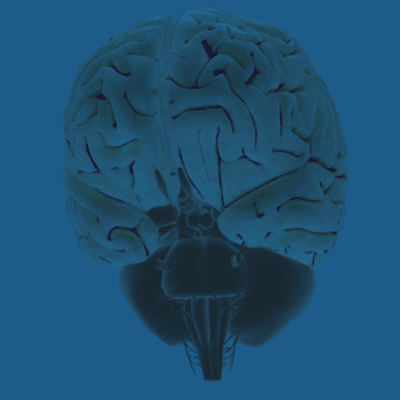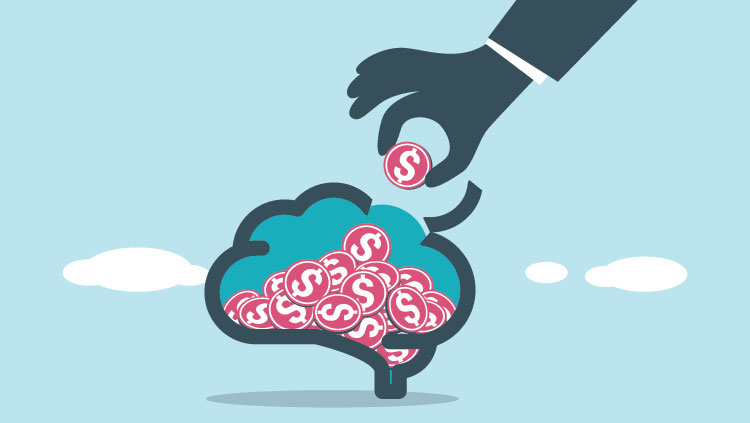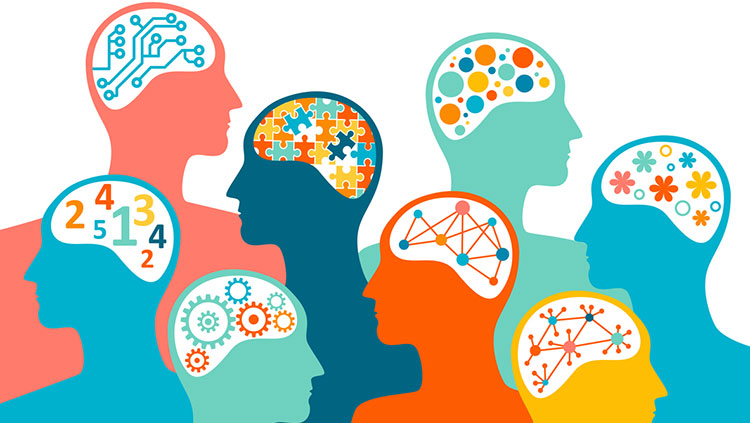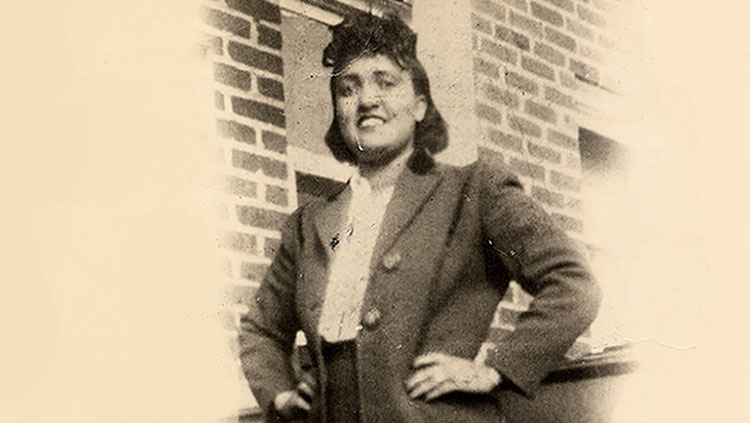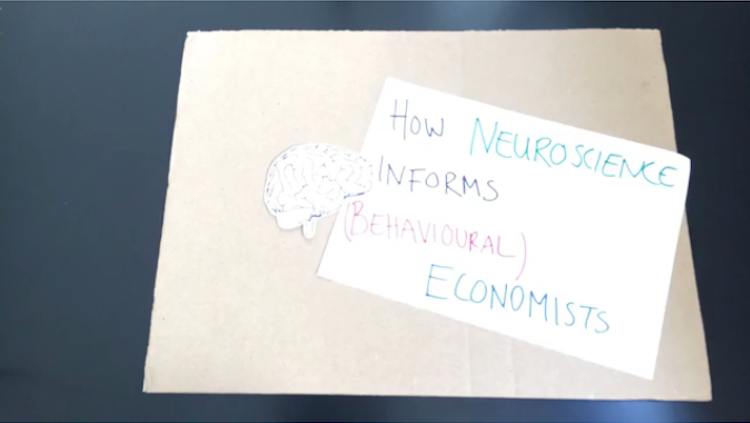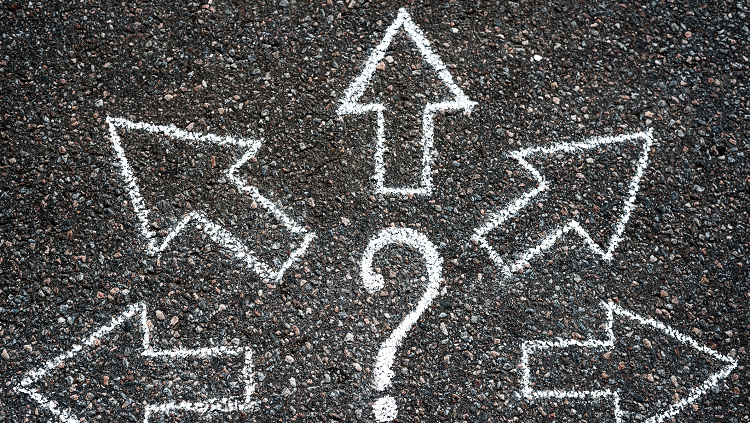Neuroscience Takes the Stand
- Reviewed5 Dec 2018
- Author Michael W. Richardson
- Source BrainFacts/SfN
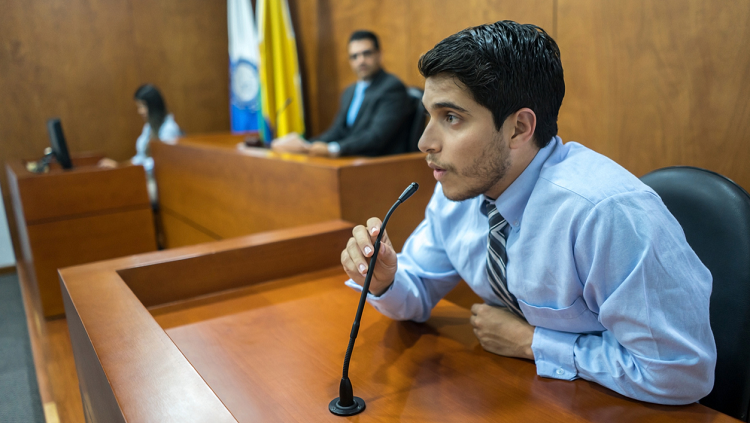
What makes a criminal break the law? What kind of punishment fits the crime? And what separates a just law from a harmful one? These questions are at the heart of the conversation about justice. Throughout history, laws and legal systems have been shaped by philosophy, politics, and culturally-specific ideas of right and wrong. But in the last several decades, neuroscience has entered the conversation. Understanding the neurobiology of decision-making, the limits of memory, and the powerful influence of emotions can help us create fair laws and appropriate punishments. The synthesis of brain science and the courtroom has a name: neurolaw.
“Law and psychology have had a robust relationship that has existed for a very long time,” says Francis Shen, associate professor of law at the University of Minnesota. Historically, the essence of that relationship was “just trying to guess what was going on in the head of a criminal defendant,” Shen says. “Slowly but surely, we are supplanting some of our assumptions with better data about what is actually happening in the brain.”
Lawyers have cited brain imaging technologies such as electroencephalography, or EEG, in courtrooms since the 1950s. And of course, any courtroom drama worth its salt will have a scene featuring a lie detector test.
“Lie detection is kind of the Holy Grail of neurolaw,” Shen says. And like the Holy Grail, we haven’t come close to finding it. Many courts, including the United States Supreme Court, have dismissed polygraph tests as being unreliable. The polygraph test, the technology commonly referred to as a “lie detector,” measures physiological responses like increased heart rate and sweating, but these reactions are not definitively linked to guilt or lying. After all, dragging an innocent person to the police station to submit to a lie detector test might produce the same symptoms. Reliable lie-detection machines, and especially more outlandish technologies like machines that can read thoughts, are still “science fiction” according to Shen.
But there are areas of brain science that can offer a lot of insight in the courtroom. Take addiction, for example. Many people view drug use as a personal choice, but neuroscience shows it’s not that simple. Drug use changes the parts of the brain involved in reward-seeking and impulse control, making abstaining from drugs that much more difficult. Seen this way, ongoing drug use looks less like a bad decision and more like a symptom of a disease: addiction.
Now, lawyers, judges, and scientists have to decide how the criminal justice system should treat individuals who use drugs. Should they continue to be jailed, as a punishment for breaking the law? Or should they receive therapy to treat their addiction? Or perhaps a combination of the two?
Many examples muddy the waters of decision-making and punishment. In one famous case, a man suddenly developed a compulsion to view child pornography after undergoing brain surgery to remove a tumor. During his trial, the man’s doctor provided evidence that the surgery had damaged a part of the brain that typically suppresses such dark urges. Personality changes after brain surgeries are not uncommon — was it possible that his terrible fixation was a side effect of his life-saving surgery? If so, what should his punishment be? If the behavior wasn’t his “fault,” what does a just society owe his victims?
These are not easy questions to answer. They require us to temper our notions of fairness and justice with new scientific knowledge. The more neuroscience reveals about the mechanisms underlying memory, personal responsibility, and behavior, the more we must accommodate our social structure to the ramifications of these new discoveries.
For another example, consider eyewitness testimony, a common tool in the courtroom. Studies have found the testimony of people who actually witnessed a crime is very convincing to juries — more convincing than many types of forensic evidence. But recent research shows human memory is far from perfect, especially as time passes after a crime. As witnesses recall an event or experience, they introduce errors that interlace themselves with the original memory. This is true of even the most memorable events. In a study of New York City residents one year after the 9/11 terrorist attacks, their memories of the event differed in 40 percent of the details. This doesn’t mean eyewitness testimony is useless, but neuroscience has demonstrated it is far from infallible. Judges and lawyers must now come to terms with this change of perspective.
But don’t expect neuroscience to overturn our laws anytime soon. Shen is fond of a saying: “If understanding the brain is like a marathon, we’ve gone about three inches.” The cognitive abilities most relevant to the courtroom — decision-making, planning, emotion, empathy — are some of the most complex functions of the human nervous system, and brain research is a relatively young enterprise. Still, “we’re running the right race,” Shen says. Shen and other neurolaw researchers are confident that, if we can anticipate the problems of law and justice that neuroscience can contribute to, “we can harness the power of neuroscience to enhance justice.”
This article was adapted from the 8th edition of Brain Facts by Michael Richardson.
CONTENT PROVIDED BY
BrainFacts/SfN
References
Abe N., Okuda J., Suzuki M., Sasaki H., Matsuda T., Mori E., Tsukada M., … Fujii T. (2008). Neural correlates of true memory, false memory, and deception. Cerebral cortex, 18(12), 2811-9. doi.org/10.1093/cercor/bhn037.
Buchen L. (2012). Science in court: Arrested development. Nature. 484 (7394) 304-6. doi.org/10.1038/484304a
Jones O.D. and Shen F.X. (2012). Law and Neuroscience in the United States. International Neurolaw: A Comparative Analysis. T.M. Springer, ed., Springer-Verlag, 2012; Vanderbilt Public Law Research Paper No. 1-5. doi.org10.1007/978-3-642-21541-4_19
Petoft A. (2015). Neurolaw: A brief introduction. Iranian Journal of Neurology. 14(1), 53–8. https://www.ncbi.nlm.nih.gov/pmc/articles/PMC4395810/
Picozza E. (2016). Neuroscience, Science of Nature and Social Sciences. Neurolaw, 1-19. doi.org10.1007/978-3-319-41441-6_1
Shen F.X. (2017). The Overlooked History of Neurolaw. Fordham Law Review, 85 667-95. https://fordhamlawreview.org/wp-content/uploads/2016/11/Shen_November.pdf


